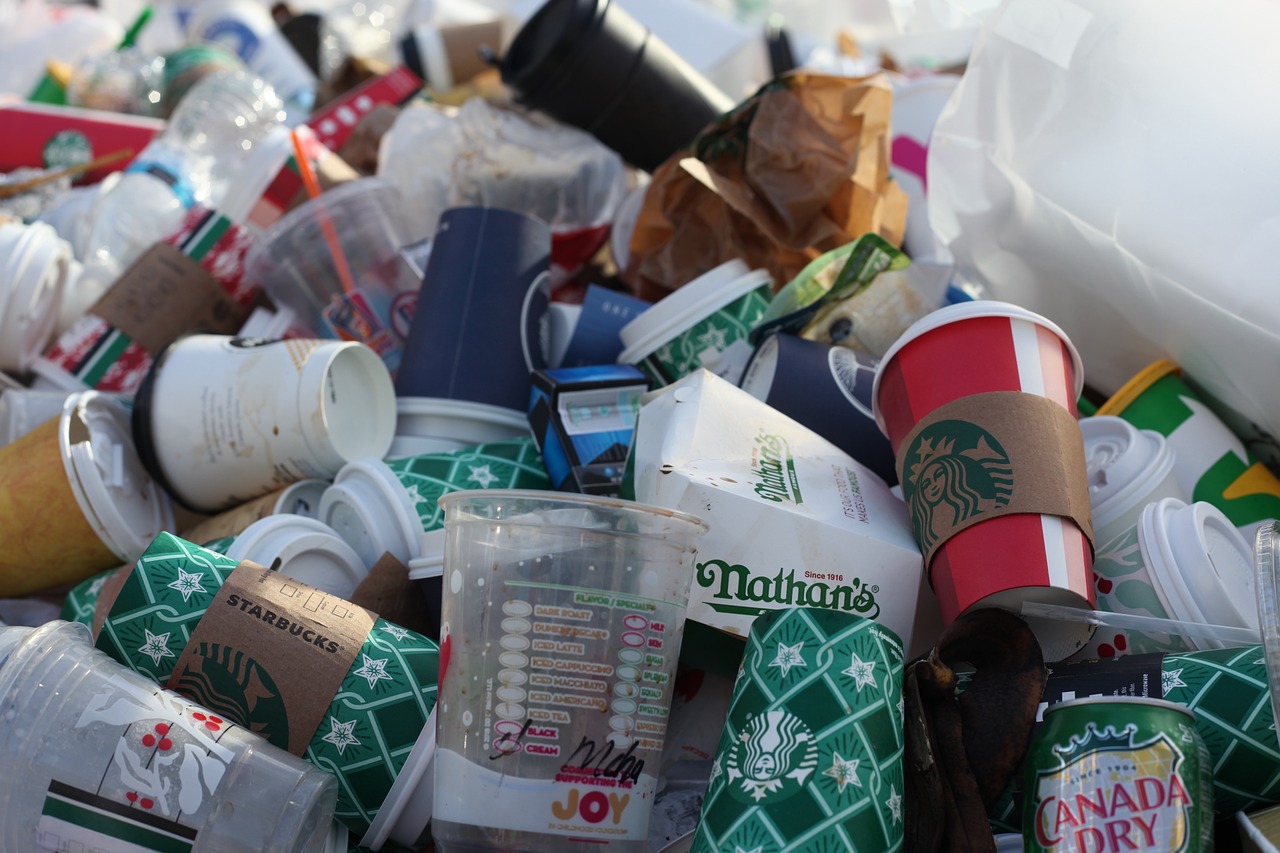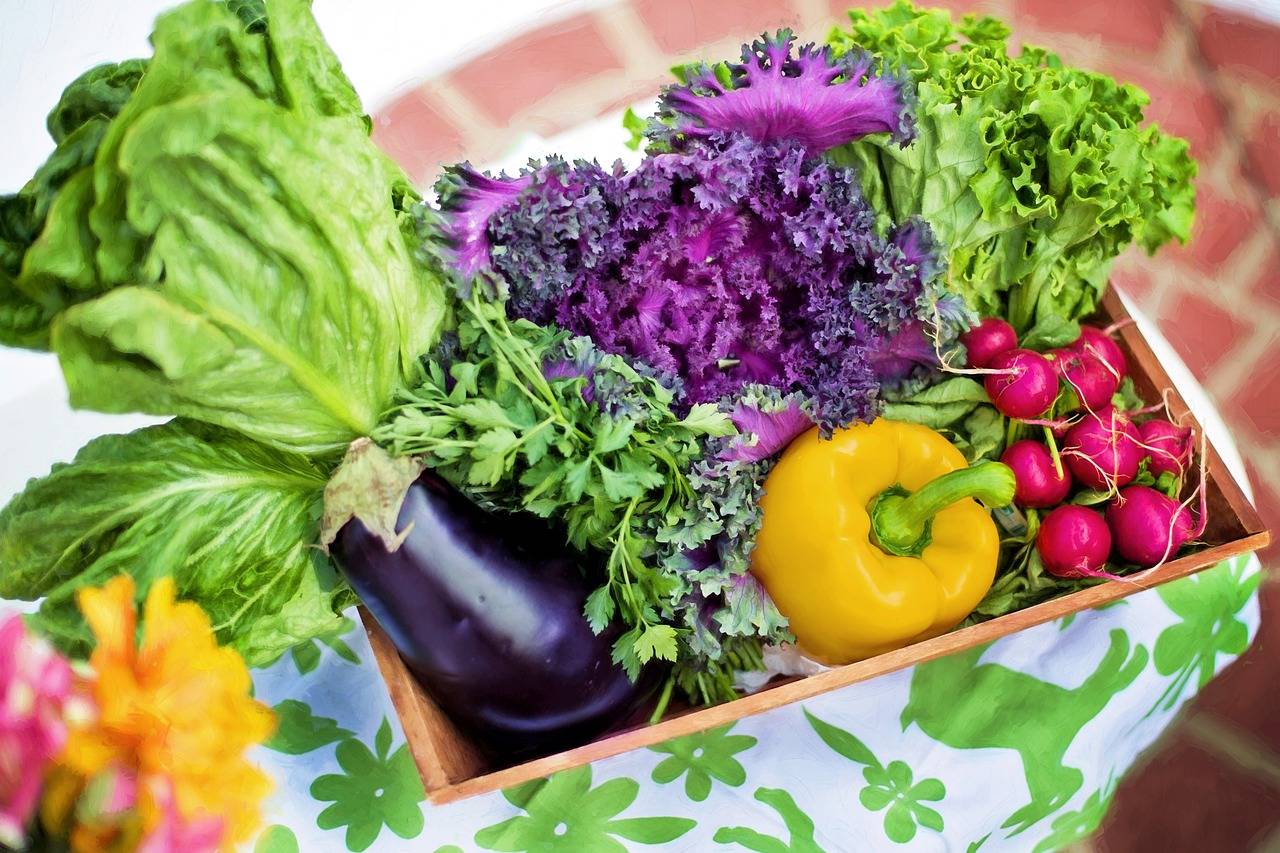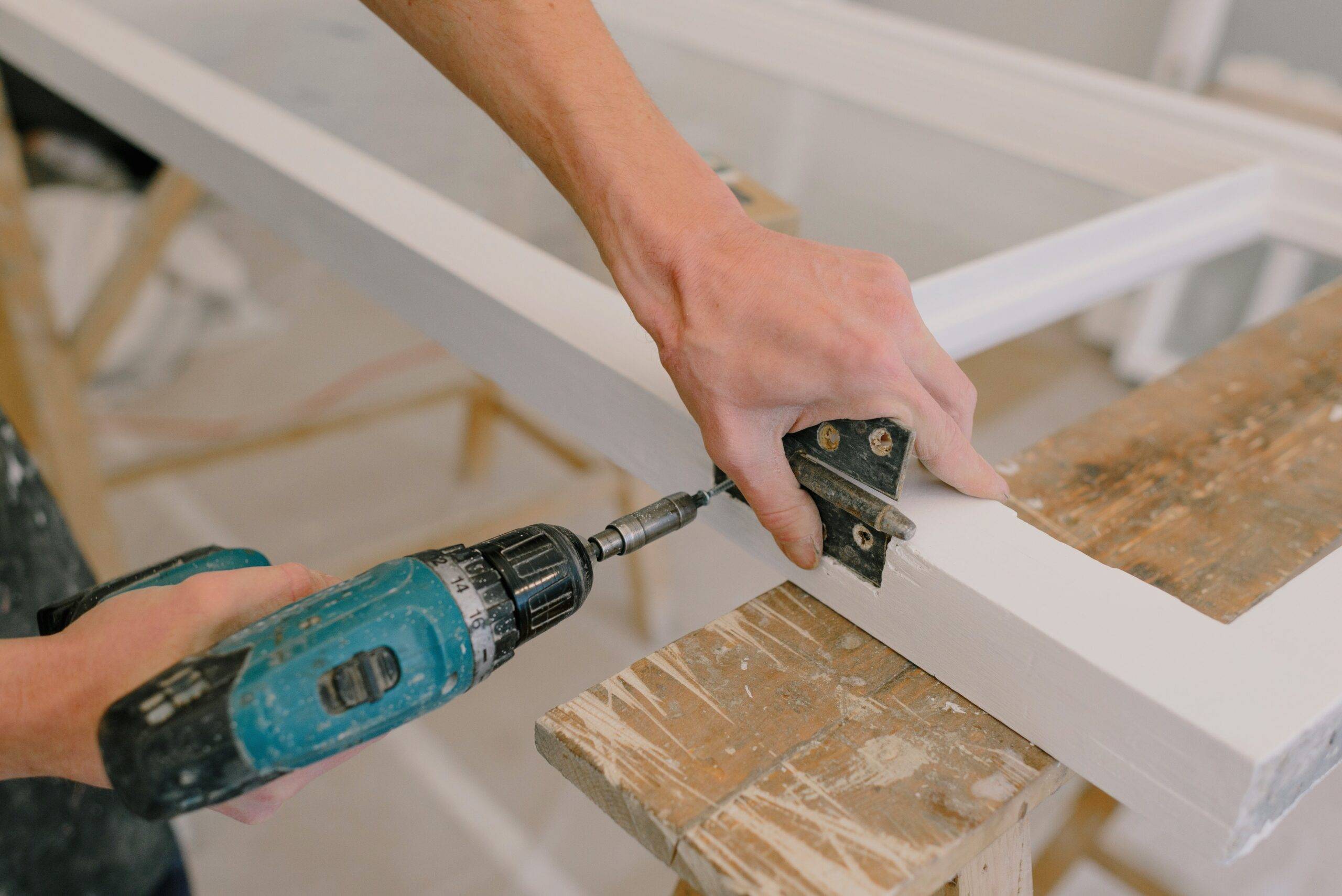Every little bit helps! Use these simple tips to reduce plastic waste and start living greener today.
Going zero waste takes some time and it isn’t for everyone. But all of us can make our lives more low waste by reducing the amount of single use plastic we use everyday. Figuring out ways to reduce plastic waste and limit plastic pollution is an essential part of eco-friendly living and an important step towards creating a greener home.
To help you on your journey to zero waste, I’ve compiled some of my top 10 favorite green product swaps that I’ve found useful for limiting my plastic consumption. Of course, it isn’t low waste to throw out all your existing things and replace them with plastic-free products. But if you need to replace an old or broken item, these eco-conscious and sustainable product swaps can be the perfect solution!
Affiliate disclosure: As an Amazon Associate, I may earn commissions from qualifying purchases.
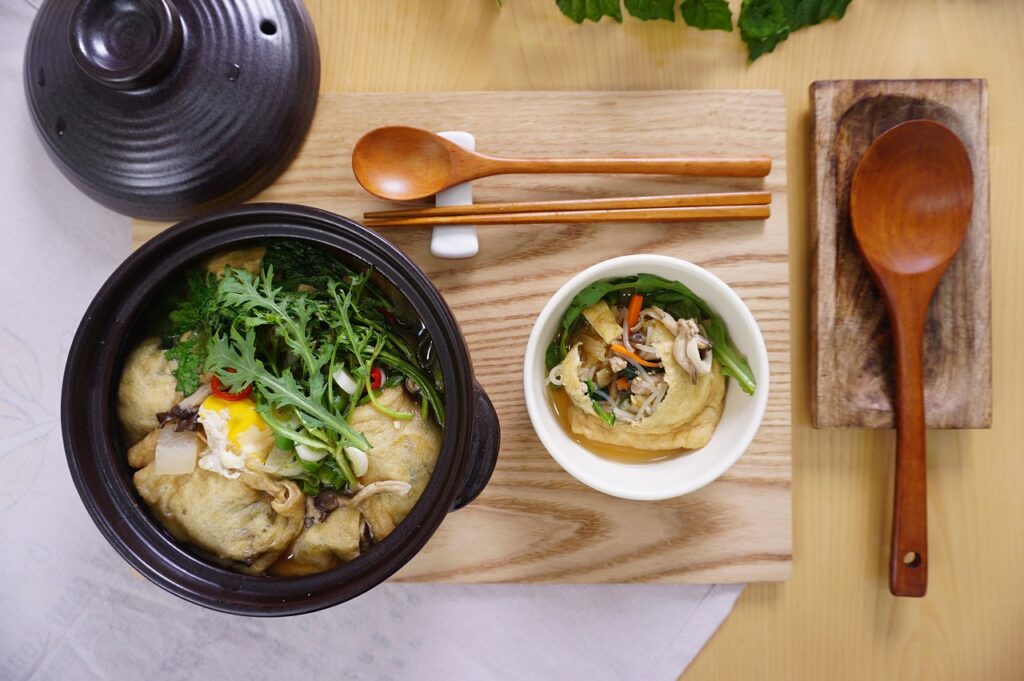
10 easy ways to reduce plastic waste
When reducing plastic consumption, it’s helpful to go through each room of your home and pinpoint what plastic items you’re using. Then, when you need to replace a product, swap it out with a more sustainable replacement. Kitchens, bathrooms and the items you bring with you in your car are all great places to start!

1. Bring your own shopping bags.
Americans use roughly 10 billion plastic bags per year and only about 1 to 3% of those bags ever get recycled. When plastic bags end up in the waste stream, they fill up landfills or drift into the surrounding environment where they cause even more trouble.
One study found that plastic bags are the 4th most common type of litter and plastic bags are ranked as the 3rd deadliest type of trash for wildlife. Sea turtles and other animals often mistake plastic bags for jellyfish, while torn bags can also ensnare fish, birds and other critters.
The good news is that you can avoid plastic shopping bags entirely by bringing your own reusable shopping bag or by opting for paper bags if you forgot your reusables at home. Even I sometimes forget to bring my reusable bags with me. To avoid this, I always make a point of returning them to my car after unloading the groceries so I never leave home without them!
If you don’t already have a reusable shopping bag, there are tons of adorable options to choose from.
I personally love foldable shopping bags since you can just slip them in your purse and always have them with you. Canvas totes are also a classic choice and some of them are quite stylish, likes these totes emblazoned with botanical or art prints. You can also find insulated shopping totes that will keep your groceries so cool, you won’t need to worry about your ice cream melting on your drive home!

2. Remember your reusable mugs, straws and cutlery.
Single use coffee cups, plastic bottles, plastic straws and plastic cutlery also create a lot of unnecessary waste. In America alone, about 50 billion plastic water bottles are used annually and over 500 million drinking straws are used per day! While a single plastic straw may seem insignificant, they add up quickly and their small size makes it easy for straws to blow around the environment or be ingested by wildlife.
The solution? Bring your own your own reusables with you!
In recent years, more and more people are becoming eco-minded and, to cater to that growing need for reusables, there are countless stainless steel and glass water bottles and mugs to choose from. I personally use a stainless steel Iron Flask bottle, which is good for both hot and cold beverages, but I adore the entire product line by Hydro Flask too. (I love the sleek look of glass water bottles as well, but I’m a bit too clumsy to keep them around for long — stainless steel bottles, on the other hand, hold up like champs!)
As far as reusable straws go, stainless steel straws with silicone tips are where it’s at for me. These green swaps are delightfully colorful and the soft silicone won’t clink against your teeth. I also purchased this reusable cutlery set by humangear years ago for a backpacking trip in Europe, but now it just lives in my glove compartment in case I ever need to eat on the go!

3. Try out compostable trash bags.
Most Americans use traditional plastic trash bags to toss out their weekly waste. However, just like plastic shopping bags, plastic trash bags are non-biodegradable and they can clog up our landfills or even blow away into the surrounding environment. If you’re already committed to cutting plastic shopping bags out of your home, replacing trash bags with compostables is another easy step you can take to remove single-use plastic items from your life.
Today, you can find compostable trash bags in any size you need, including tall kitchen trash bags and small bathroom trash bags. These products are generally made from vegetables starches, like potato starch and corn starch, and they naturally break down leaving no waste at all!
I’ve been using compostable trash bags for years and I love them, but they work best in conjunction with composting. If you throw out wet food items in your trash can, they can weaken compostable bags; however, if you compost your kitchen scraps and keep moist items in your trash to a minimum, compostable trash bags are plenty sturdy and you can feel good about them being eco-friendly too!

4. Grow your own food.
I love gardening just for the sake of gardening. After all, how cool is it that we can just plant a tiny seed and get a massive cucumber or zucchini vine bursting with fruit* that we eat fresh or can for winter storage? But growing your own food also slashes your plastic waste and it helps out pollinators and the environment as well!
Most of the food we purchase at grocery stores is wrapped in plastic packaging and much of that food is also grown conventionally with pesticides than can harm bees, butterflies and other wildlife. But if you grow your own food, you can use all organic methods and your produce won’t need any plastic packaging since the only journey it will need to make is from your garden to your kitchen!
With just a few seeds and some good, old-fashioned work, you can grow all of the food that you need at home right in your backyard and never have to set foot in a grocery store again. However, even if you don’t have a large yard, you can still keep an impressive amount of herbs, vegetables and fruit plants on a small balcony, backyard patio or kitchen windowsill. Once you harvest your garden goodies, you can eat them fresh or make homemade preserves or frozen treats… all without any plastic!
If you’re not quite ready to start gardening just yet, another option is to shop locally and buy as much produce as you can from farmstands and farmer’s markets. Most often, foods at these locations either aren’t packaged or they’re sold in sustainable packaging. Either way, that’s a win for you!
* Yes, zucchini and cucumbers are technically fruit, but that’s neither here nor there!
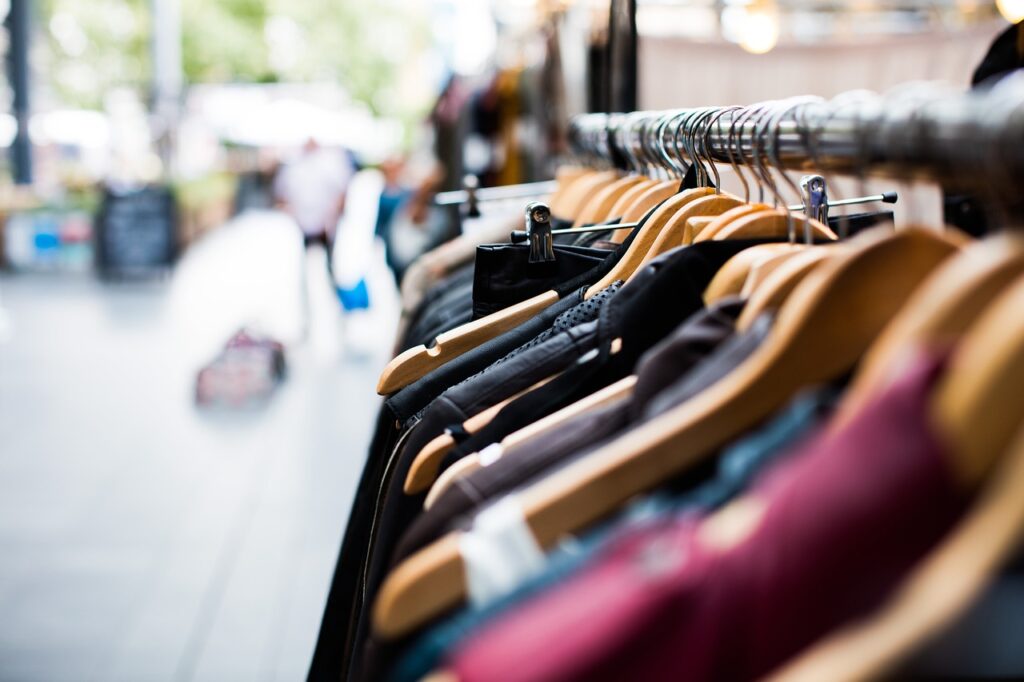
5. Shop secondhand.
The most eco-friendly products we can use are the ones that already exist since they don’t need to be manufactured. Shopping secondhand for clothing,* toys and home furnishings prevents gently used items from ending up in the landfill and it also cuts the need for more production and plastic packaging.
Thankfully, with websites like Etsy and eBay, it’s incredibly easy to track down fashionable vintage pieces that are just as stylish today as they were when they were first made. You can also visit your local thrift shop, check out nearby auctions, scan Facebook marketplace, or go to boutique secondhand stores and discover an assortment of styles, fabrics and colors you’d never find at your local big box store or mall. Secondhand items have lots of life left in them and, if you give them a try, you can also save money too!
* Many common fabrics, including polyester, nylon and acrylic contain plastic.
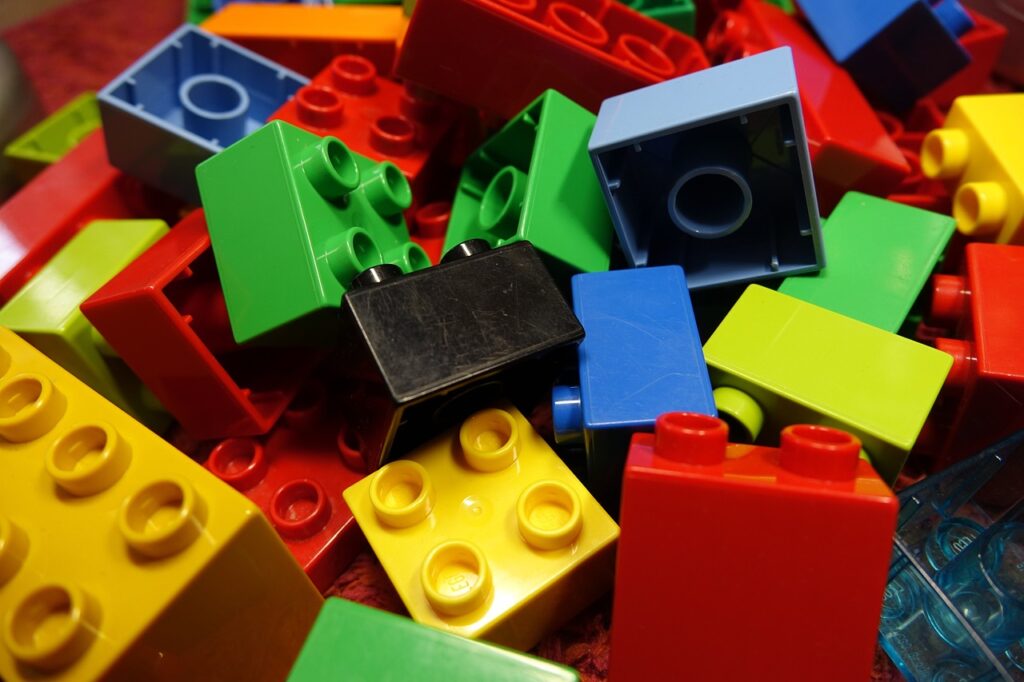
6. Donate what you don’t need.
If you’re already going to secondhand shops, why not donate your gently used goods and reduce plastic waste at the same time? Goodwill, Salvation Army and other thrift shops will accept a wide variety of used items, including clothing, toys and home décor. By donating, you can help out people in need while reducing your plastic footprint too!
If you’re looking to make a bit of extra cash, you can also sell your used items on websites like eBay and Facebook marketplace. What’s better than making a few extra dollars and helping out planet earth?

7. Choose eco-friendly menstrual products.
Most tampons and pads contain plastic in their construction and the absorbent parts of these products often use polyethylene and polypropylene (two types of plastic). Plus, most tampons have plastic applicators and both traditional tampons and pads come in plastic packaging too. All that plastic adds up, of course, and it’s estimated that over 200,000 tons of plastic waste are produced from menstrual products every year!
The good news is that creative minds have been hard at work creating new and eco-friendly menstrual products that are affordable and even more budget-friendly that traditional products. Menstrual cups and period panties can be used again and again, drastically cutting your plastic use and even paying for themselves over time.
Eco-conscious companies like Natracare also have a line of plastic free tampons and pads that can be used just like traditional products. They’re even made of 100% certified organic cotton, perfume-free and they have cardboard applicators too!
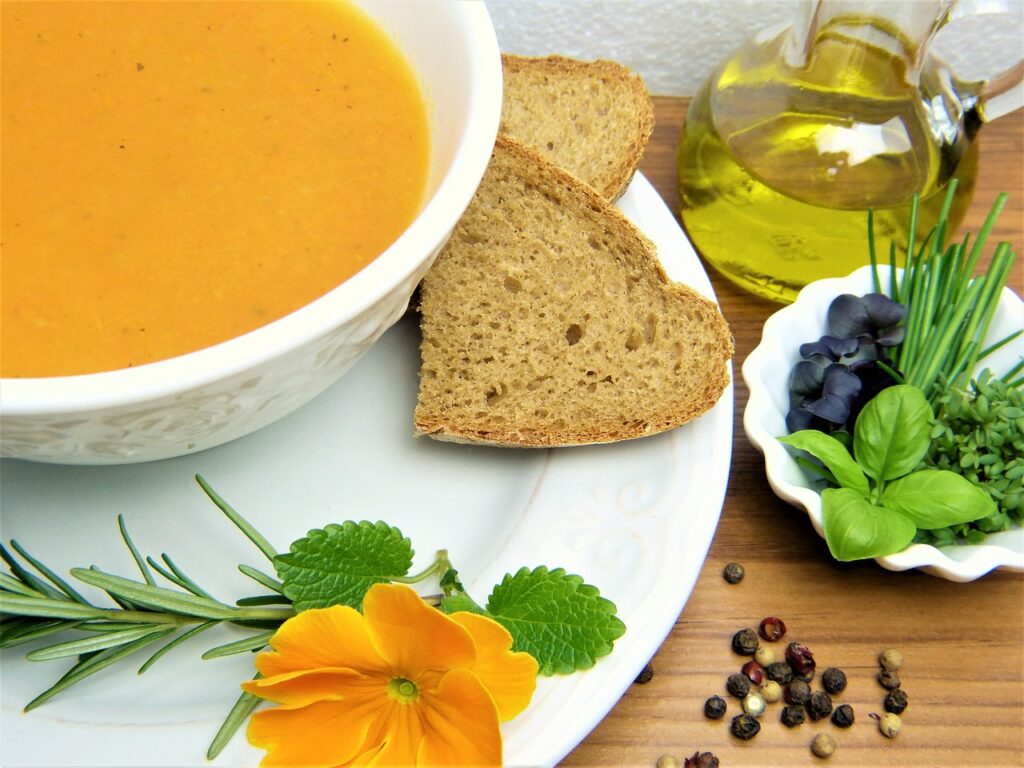
8. Cook at home.
As far as single use plastic items go, takeout containers have some of the shortest lifespans. After all, most takeaway containers are only used once and then they’re chucked in the trash where they’ll reside ad infinitum. Some restaurants invest in biodegradable paper or cardboard containers; however, most takeout containers are still made of plastic or Styrofoam, which won’t degrade naturally.
To avoid unnecessary waste, consider bringing your own takeout containers to your favorite restaurant and ask if they’ll package your takeout order or leftovers in them. Alternatively, if you eat at home, you won’t even need to worry about single use plastic packaging at all!
While eating in restaurants can be a fun respite from home cooking, if you find yourself eating out more often than you’d like to, you may want to browse cookbooks for more foodie inspiration. Many cookbooks are geared towards simplifying and streamlining food prep, such as Robin Donovan’s 5-Ingredient Cooking for Two and Carla Snyder’s book One Pan, Two Plates. I personally love finding cookbooks from around the world, which I consider to be an easy way to feel like you’re traveling, even if you’re on a budget!
Some of my favorite finds recently are Forage, Harvest, Feast (jam packed with recipes for foraged edibles) and Platters and Boards (I mean, how can you go wrong with charcuterie boards, really?)

9. Swap out your floss.
Most dental floss is made of nylon, which is a type of plastic made from crude oil. And that doesn’t include dental picks that contain both nylon floss and plastic picks! But if you’re on a zero waste journey, there are plenty of greener options for your teeth and gums.
If you’d prefer to stick to traditional flossing methods, you can find an assortment of dental flosses made of all natural silk and they also come with a sustainable glass and metal dispenser. I used these products for years and I probably would still use them now except I stumbled across a Waterpik a few years ago. These ingenious little inventions funnel a gentle stream of water in between your teeth, removing plaque and other nasties, and all without an ounce of single use plastic!

10. Switch to plastic-free laundry detergents.
Most laundry detergent comes with plastic packing — be that plastic bottles, plastic powder scoops or the the plastic around laundry pods (that clear film is actually plastic and it can leach microplastics into the environment!) On my journey towards zero waste, I’ve tried many different plastic-free laundry detergents and my absolute favorite are the Eco Sheets by Earth Breeze (fragrance free of course!)
These Eco Sheets can be slipped right into your washing machine without measuring or messy powders or liquids and I find they work just as well as other laundry detergents. Plus they’re totally plastic-free and they come in compostable paper packaging!
